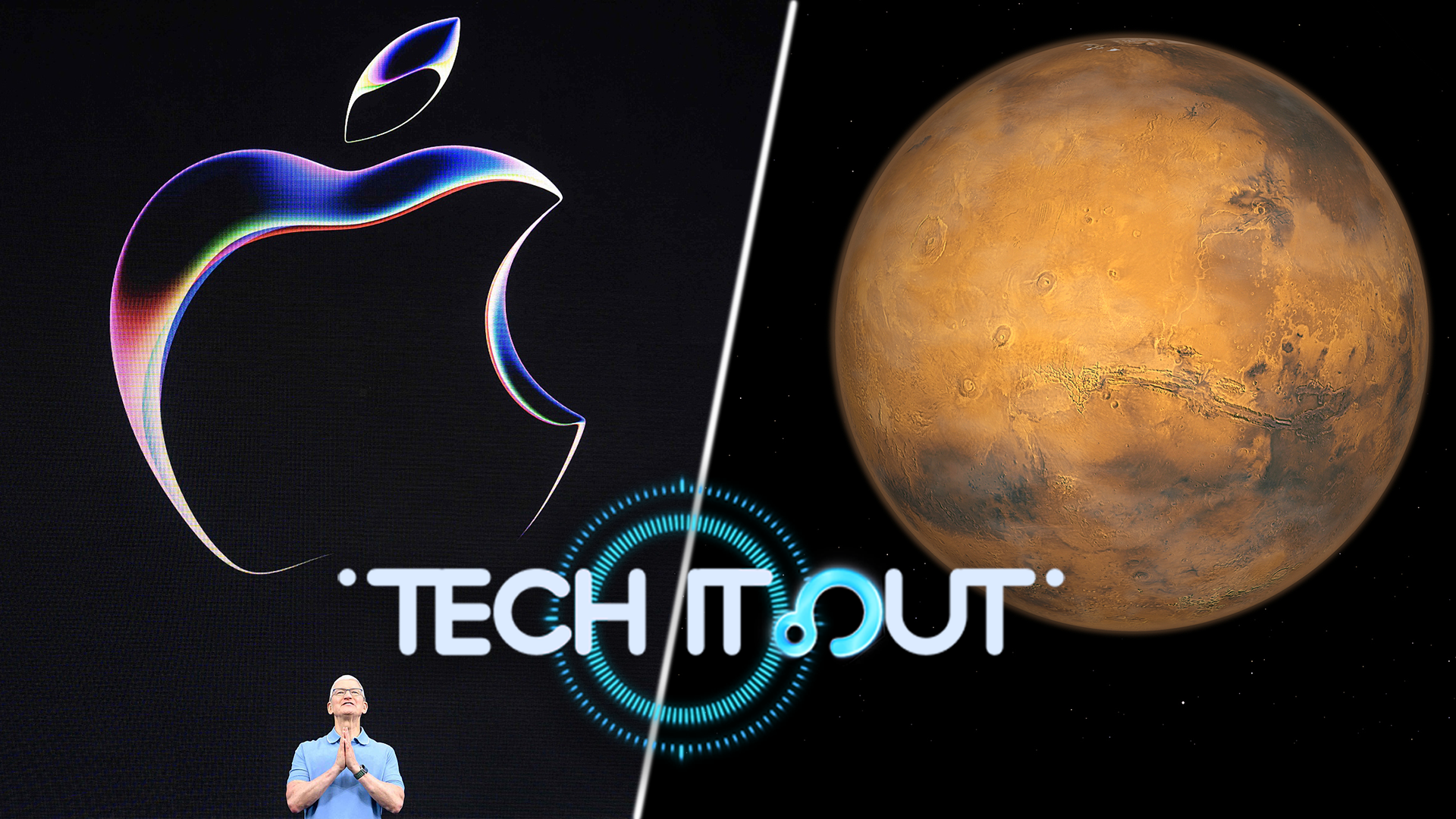03:23

Extended reality
Apple ventures into the metaverse with the introduction of mixed-reality headset, "Vision Pro." The headset will be equipped with 12 cameras, six microphones and variety of sensors, which allows users to control various apps with just their eyes and hand gestures. The device will be capable of toggling between virtual reality and augmented reality, projecting digital imagery onto objects in the real world. Vision Pro will sell for $3,499 at launch early next year. However, Morgan Stanley analysts warned that it will be a few years before the headset gets widely adopted.
Artificial Intelligence robot
Ameca, a humanoid robot powered by generative artificial intelligence (AI), made headlines at the International Conference on Robotics and Automation in London last week. Ameca showcased its ability by responding in a human-like way. It can also mimic facial expressions and body language, making it more human. The conference saw student teams competing in robot-cooking and autonomous driving contests, scholars presented their research and startups showed off their latest innovations. This came after scientists and tech leaders on May 30 signed a terse, one-sentence statement warning about the perils of AI on mankind, saying "mitigating the risk of extinction from AI should be a global priority."
China space exploration
China plans to land its first taikonauts on the moon by 2030. Chinese space authorities revealed plans to launch its manned lunar program on May 29 at a news conference. The taikonauts' planned moon mission will include a short stay on the lunar surface, human-robotic joint exploration, moonwalks, and sample collection and research around the landing site. China is now working on the new Long March-10 carrier rocket, a lunar landing capsule and extravehicular suit for this historic mission. The U.S.'s NASA and China Manned Space Agency are eyeing landing sites near the moon's south pole, where ice and other resources that may prove valuable for lunar settlement and exploration can be found.
Live from Mars
The European Space Agency (ESA) celebrated its first Mars probe's 20th launch anniversary in style. The ESA held the first-ever "livestream from Mars" on June 2, beaming back to Earth photos from its Mars Express orbiter – which was launched by a Russian rocket from Kazakhstan in 2003 – in real time, or as close to real time as possible. It took nearly 17 minutes for each picture to reach Earth, some 300 million kilometers away, and another minute for the image to get through to ground stations. The ESA said it's rare to have near real-time footage from so far away.